Hiragana, followed by Katakana, is the first thing you learn as a beginner Japanese learner. In this article, we help you out from the frontlines of Japanese learning, guiding you through hiragana and katakana, their differences, and ideas on how to best learn them.
Table of Content
- Introducing the Three Types of Japanese Characters
- Learn Hiragana, The Basic of Basics
- Learn Katakana Immediately After Katakana
- Simple Ways to Learn Hiragana and Katakana
- Takeaway
Introducing the Three Types of Japanese Characters

The Japanese language is made up of three types of characters:
1. Hiragana ひらがな
Hiragana is the most basic of Japanese characters and the first thing you’ll learn when studying Japanese. Hiragana are phonetic letters. There are a total of 46 basic hiragana characters to memorise.
Hiragana is considered beautiful and elegant with dynamic curvy characters. In olden days, hiragana letters were also called 「女手 onnade」, or “woman’s handwriting”. The present day hiragana we use are actually a simplified version of Manyogana (万葉仮名), the original hiragana created sometime in the 8th century.
2. Katakana カタカナ
Aside from how the characters look, katakana is pretty much the same as hiragana, the both being phonetic letters. There is a katakana equivalent for every hiragana character. Katakana characters look similar in appearance to their hiragana counterparts. This is because katakana characters are just simplified or fragmented parts of hiragana.
Why is there a need for katakana? Katakana is used for many reasons like:
-
for writing foreign origin words 「外来語 gairai-go」 or loan words
-
for emphasis
-
for onomatopoeia (words for sounds like “meow” or “ribbit”)
-
for names, locations, things, animals, plants (no Japanese word equivalent)
-
for furigana (hiragana / katakana to assist pronunciation)
-
for slang or dialect
3. Kanji 漢字
Kanji are Chinese characters. Many Kanji characters have Chinese origins but there are also characters that were originally created in Japan that are called 「国字 kokuji」meaning “national characters”, or 「和製漢字 wasei kanji」meaning Japanese-made Kanji.
Kanji have two readings, 「訓読み kunyomi」the Japanese reading and「音読み onyomi」, the Chinese reading.
Writer's Pick
Learn Hiragana, The Basic of Basics
Without further ado, let’s get to learning the hiragana alphabet.
Hiragana Chart
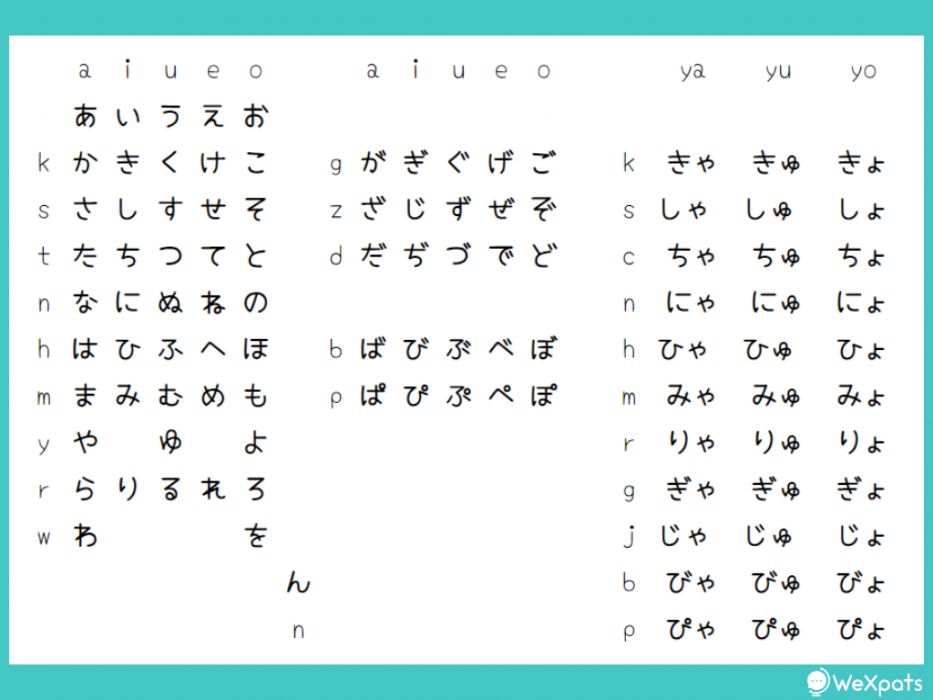
Ten-ten and Maru Symbols
Some consonant-vowels of hiragana can be combined with diacritics (accent symbols) dakuten (濁点) or handakuten (半濁点):
-
Dakuten’s symbol are double dots called 「点々 ten-ten」and look like 「〃」.
-
Handakuten’s symbol is a 「丸 maru」that looks like 「゜」, similar in appearance to the degree symbol.
There are a total of 25 diacritic hiragana characters.
Additional Sounds with Ya, Yu, Yo
Digraphs are where a consonant-vowel or a diacritic is combined with hiragana character「や」,「ゆ」or「よ」to make a new sound.
「や」,「ゆ」or「よ」is reduced to half its size when used this way.
For example, 「びゃ bya」「きゃ kya」「じゃ jya」.
Hiragana Symbols
And lastly, graphemes (sound symbols) to symbolize doubling and elongating vowels are important in hiragana.
「っ」called sokuon-pu (促音符) is a geminate consonant for doubling or elongating a consonant.
For example, 「ぶっかけ bukkake」「ちょっと chotto」「おっとっと ottotto; a brand of Japanese snack」
For elongating vowels, repeated vowels are used.
For example, 「きゃあ」「へえ」「まあまあ」.
Learn Katakana Immediately After Hiragana
Katakana is easy to learn once you’ve mastered Hiragana. In comparison to Hiragana, Katakana characters are considered more masculine due to their many sharp angles. Katakana also has fewer strokes than hiragana characters.
Sometimes lines between hiragana and katakana are blurred where words that should be written in katakana are written in hiragana or vice versa.
Katakana Chart
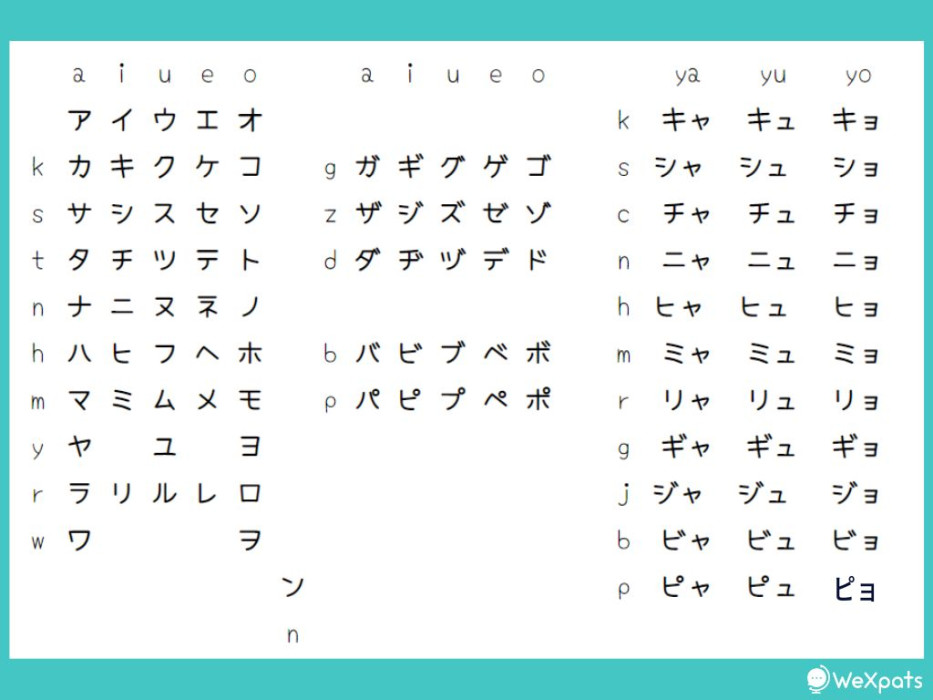
Katakana Symbols
As you can see from the chart above, the “ten-ten” and “maru” symbols for katakana are the same as for hiragana. But what about graphemes, or sound symbols?
For elongated / double consonants, small tsu「っ」is used. This is the same for katakana except the katakana version of tsu is used instead like so 「ッ」.
For elongated vowels, the hiragana for the vowel is used - 「きゃあ kyaa」. In Katakana, this is simplified to a long dash 「ー」.
For example words like 「サービス saabisu」「サッカー sakka」「ジュース jyusu」.
Write Your Name in Katakana
For someone of foreign origin, your name will most definitely be written in Katakana. Even citizens of Taiwan and China whose names are written in Chinese characters will have to write the pronunciations in katakana. Since Japan loves paperwork, you will inevitably have to write your name in katakana a lot especially when first moving to Japan - ward office paperwork, opening bank account paperwork, signing up for credit card, etc.
Simple Ways to Learn Hiragana and Katakana
With 46 hiragana and 46 katakana making up a total of 92 characters to memorise, and those are just the base characters, you may be wondering, “How am I going to remember all these?” Here’s how.
1. Make A Hiragana and Katakana Chart
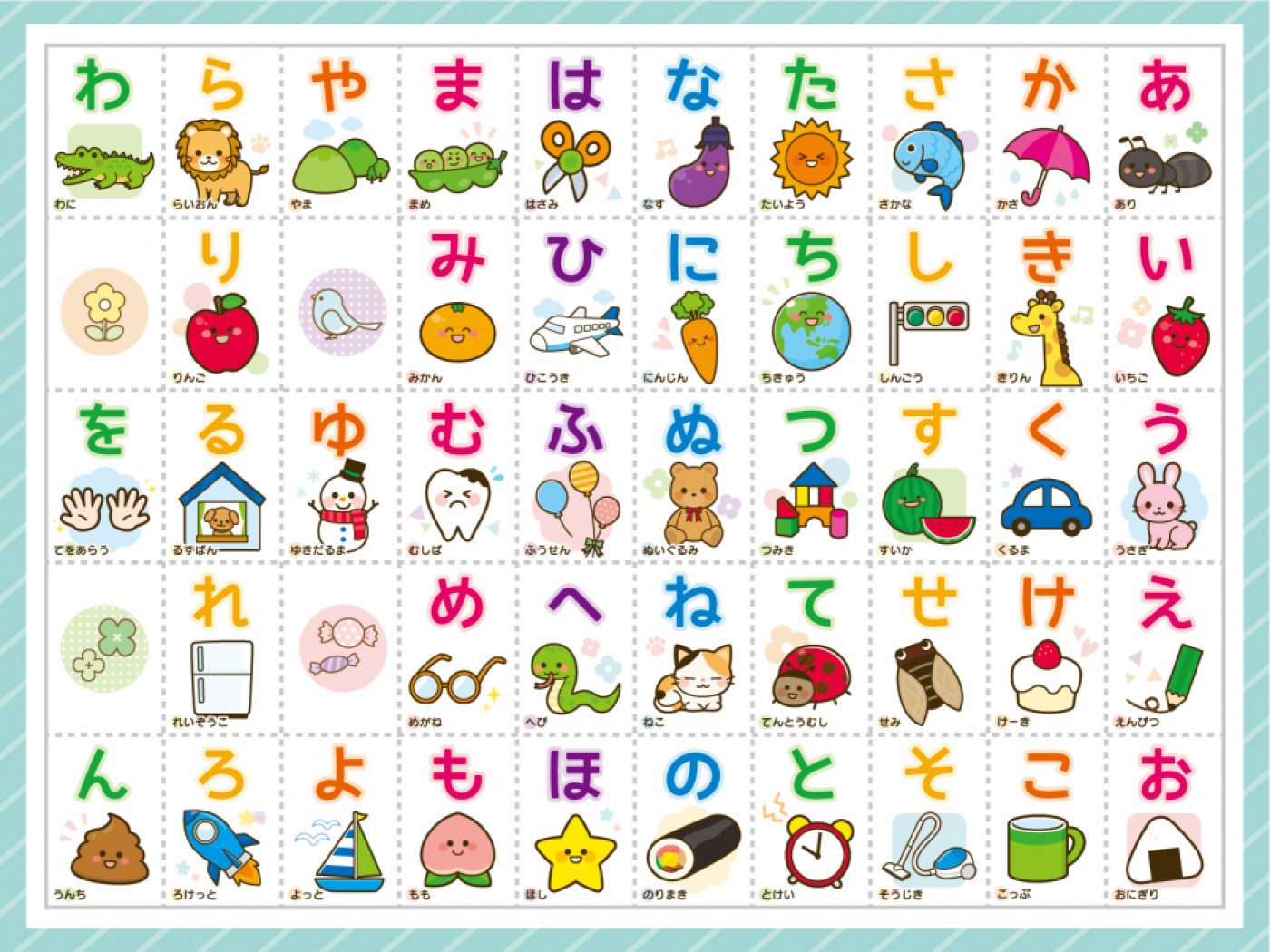
The easiest and most effective way to remember the Japanese alphabet is to create a chart. Why? Because you can easily understand how the vowels and consonants are formed. It is better to make two separate charts for Hiragana and Katakana so you don’t accidentally mix them up.
Using colourful pens or getting creative with Excel, do your best to make a beautiful chart. You can also associate them with simple Japanese vocabulary to help you remember better, along the lines of A for apple, B for ball, and so on. This chart will act as your base of reference for memorising, writing practice, and correcting mistakes.
Feel free to use our Hiragana and Katakana charts above.
2. Make a Daily or Weekly Target for Memorization

Pick a daily or weekly target of characters to memorise and stick to the schedule; 10 a day is a good start but you can reduce it to 5 if it’s too difficult. The key is consistency and discipline. This method is also excellent for Kanji training in future.
Memorise following the flow of consonants and not vowels.
For example, your 10 hiragana a day will be consonants k - ka, ki, ku, ke, ko and s - sa, shi, su, se, so.
Going by vowel, a - ka, sa, ta, na, ha, ma and so on will be way, way harder.
3. Writing Practice
This is best done simultaneously with daily / weekly memorization. Learning how to write the characters actually makes memorising easier for many people. To make writing even more interesting, you can try doing shodo (書道), Japanese calligraphy.
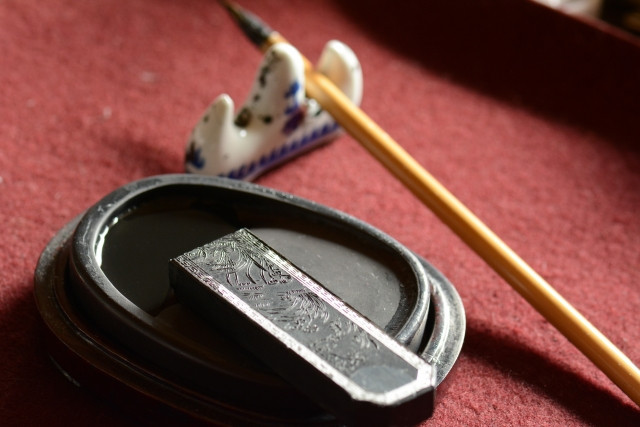
We recommend sticking to Kaisho calligraphy style first that emphasises accurate writing rather than the more artistic and free styles. Why? So you don’t build up bad writing habits, pretty and artistic but still bad. At this point, your priority should be building a solid foundation which includes writing accurately.
4. Special Focus on Problem Characters and Identify Patterns
Luckily for you, you don’t need to do this part yourself as we’ve prepared it for you here. When memorising and practising writing, pay special attention to these:
Similar Looking Characters
ぬ nu め me
ね ne わ wa
Nu and Ne (N-consonants) have the swirly end, knot.
ツ tsu シ shi
The long line in tsu is written from up to down whilst the long line in shi is written down to up.
Tsu’s two short lines are more vertical whilst shi’s are more slanted.
ソ so ン n
Similar to tsu & shi above. Long line in so is written up to down whilst long line in n is written down to up.
So’s short line is pointed down more and nearer to the bottom of the long line, whilst tips of n’s lines are quite close to each other.
Ten-ten and Maru Symbols
Only consonants K, S, T and H have ten-ten symbols transforming them into G, Z, D, B respectively. Ten-ten makes them sound “rougher”, “tougher”, and more “BAM”.
Only H consonant uses the maru symbol transforming it into P. Maru symbol makes it more “floaty”, “fluffy”, and softer.
5. Spam (Repeatedly Write) Hiragana and Katakana Charts
After you’ve finished memorising all the Hiragana and Katakana, can you confidently say that you can recall them at any moment? What we recommend is to repeatedly write the hiragana and katakana chart until zero mistakes are made. Start with writing down only the consonants and vowels in a chart like so:
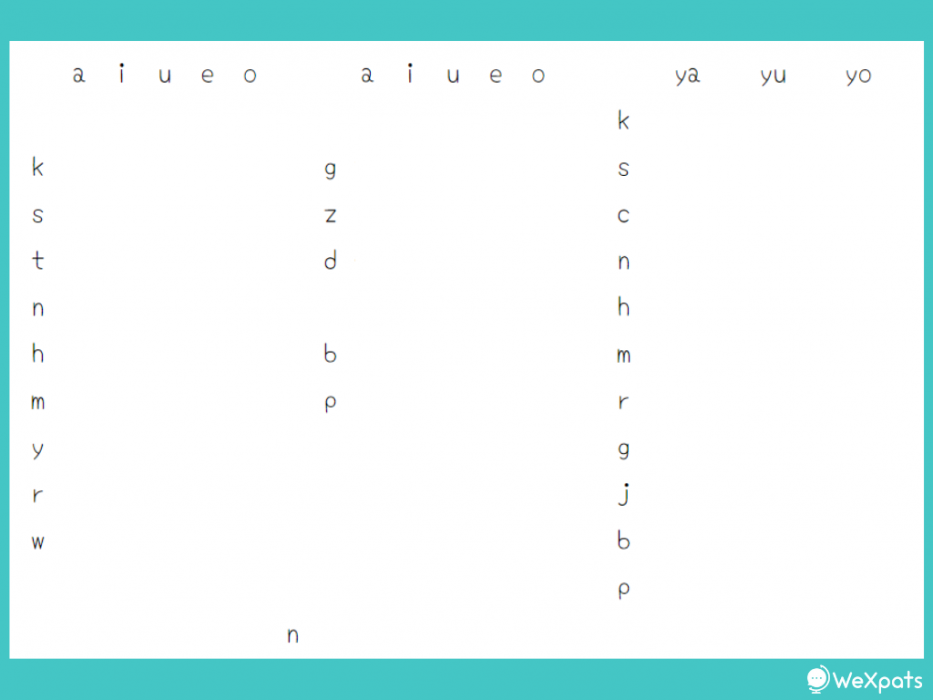
Now, from only your memory, fill in the “blanks”. You can choose to draw in table lines but you’ll get fed up after the 5th or so time of painstakingly drawing lines. This is way easier and faster. You can choose to start with hiragana then move on to katakana or do both simultaneously, it’s up to you. When you’re done, refer back to your beautiful base chart to check for mistakes.
TIP: Made a mistake or can’t fill in a spot. Practice writing the character 10x and attempt the chart again.
6. Hiragana Quiz
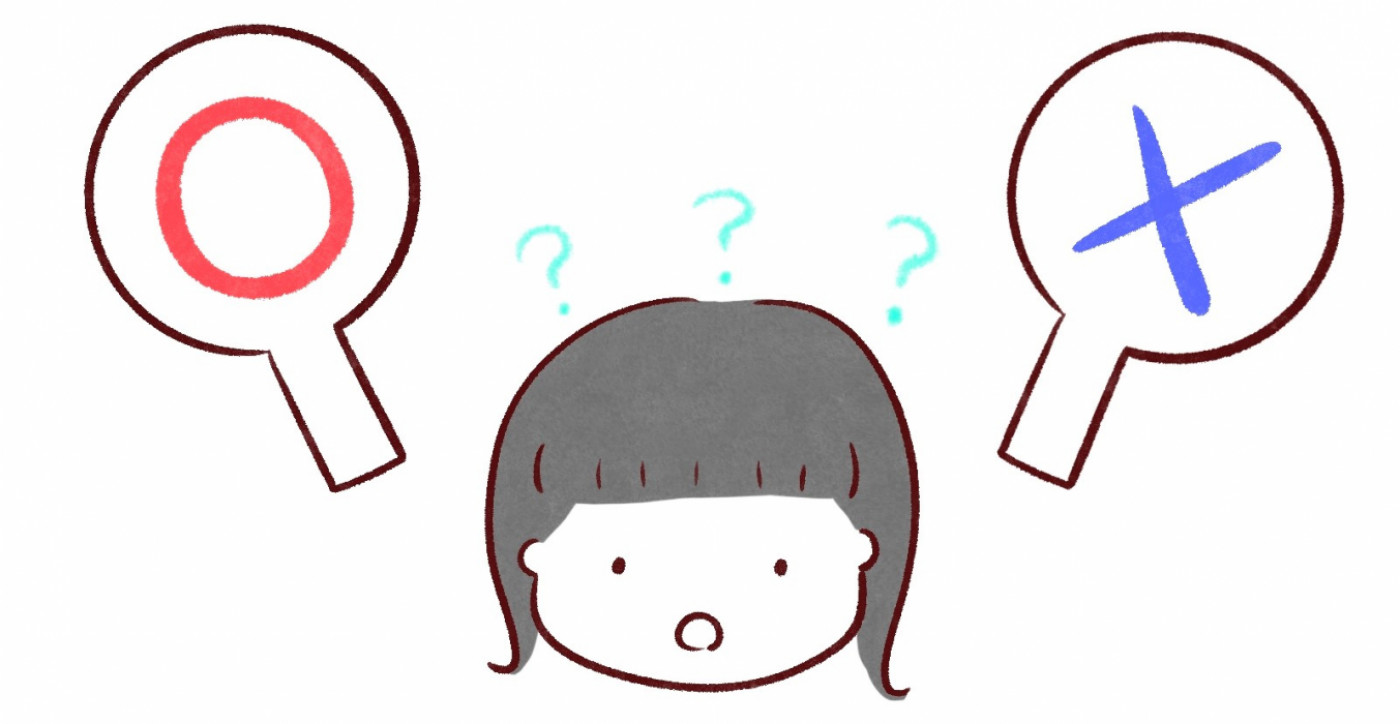
A super helpful and free hiragana practising resource is Hiragana Quiz. Try it when you can more or less complete the hiragana and/or katakana graph on your own.
It trains you to be able to read hiragana / katakana out of order, which is almost always the case. Although they do exist (like what? 「なに nani」”what”), not many Japanese vocabulary are in exact hiragana / katakana order, they will more often be combinations of different Hiragana.
7. Read Japanese Children’s Books
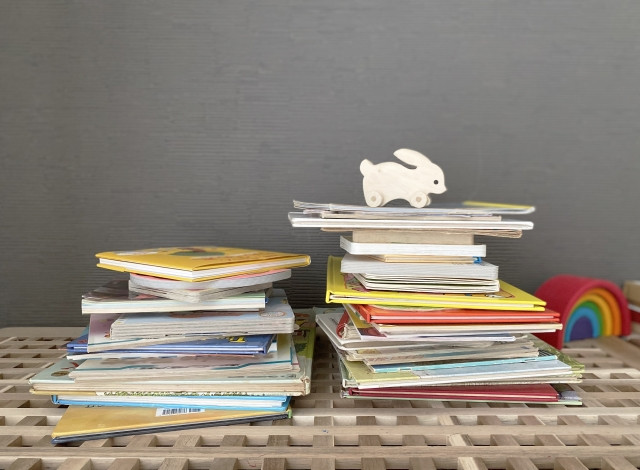
Read children’s books in Japanese. You can read them for free at public libraries in Japan or buy them cheap at secondhand bookstores like BookOff. Find them under:
-
「子供向けの本 kodomo muke no hon」- Books for Children
-
「児童書 jidoushou」- Children’s Book
-
「絵本 ehon」- Picture Book
These books are targeted at toddler’s to young children which means plenty of hiragana and occasionally katakana. It’s a good way to pick up on Japanese vocabulary as well. Though Kanji may appear from time to time, furigana (pronunciation shown using hiragana/katakana) is always attached.
Sentences are easy to understand but even if you can’t, don’t stress. The goal of reading is to become familiar with hiragana and katakana. Understanding will come later.
Takeaway
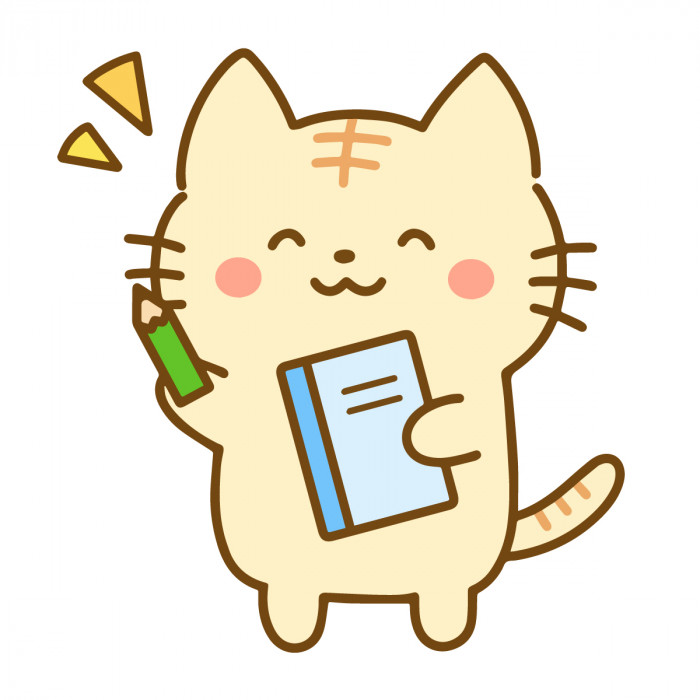
What do you think? Learning Hiragana and Katakana doesn’t seem so difficult anymore with these simple steps right? There’s no shortcut to memorising so do your best at your own pace and your efforts will pay off. Once you’re ready to move on to the next level, you’ll want to read this article on the best way to progress your Japanese studies.


































